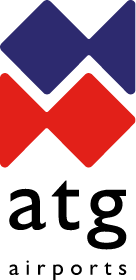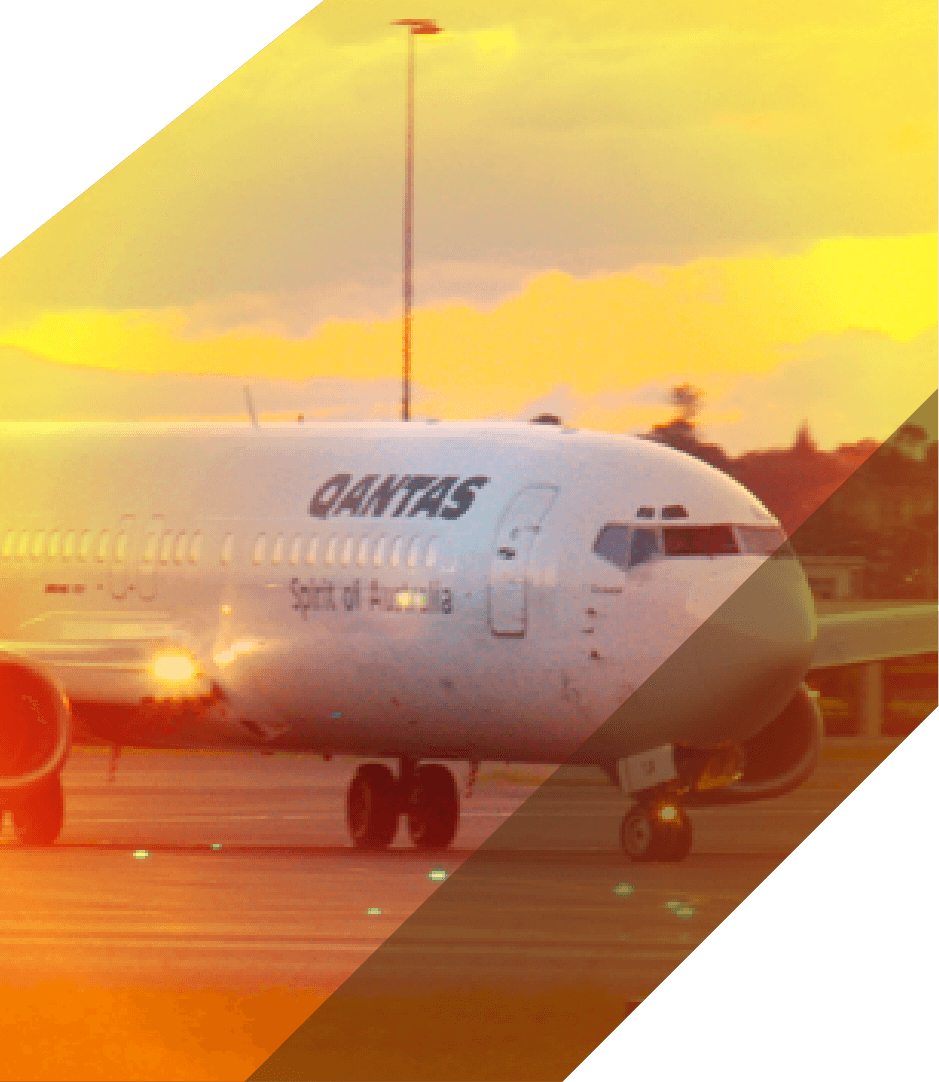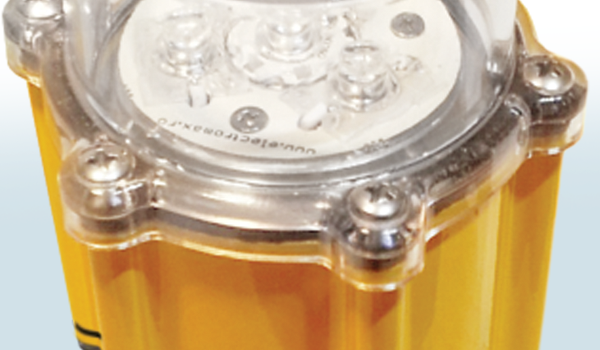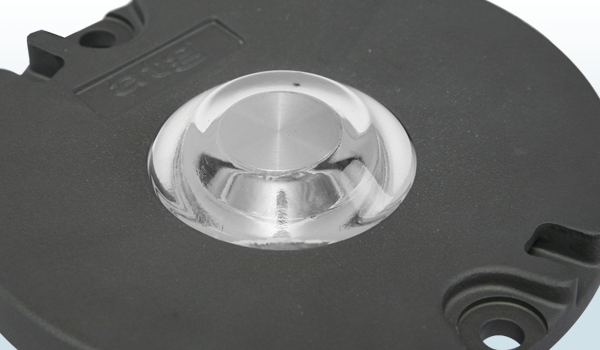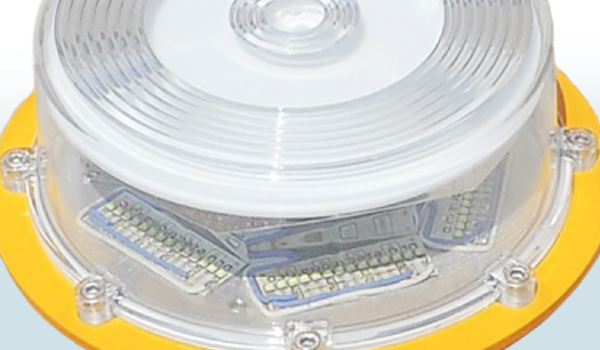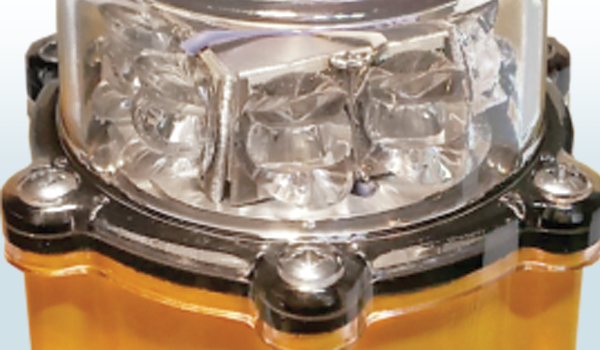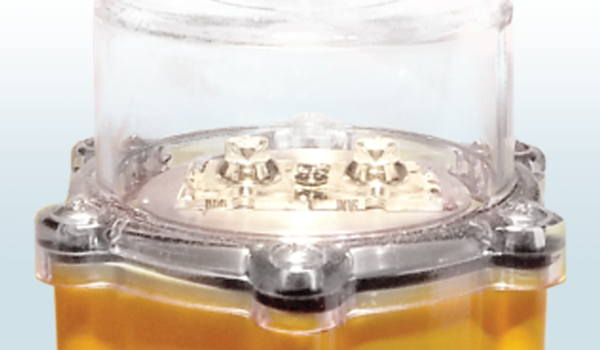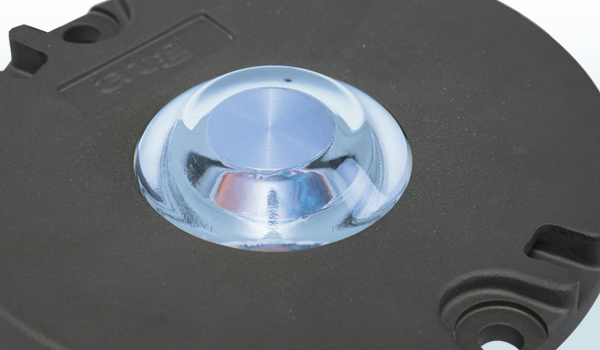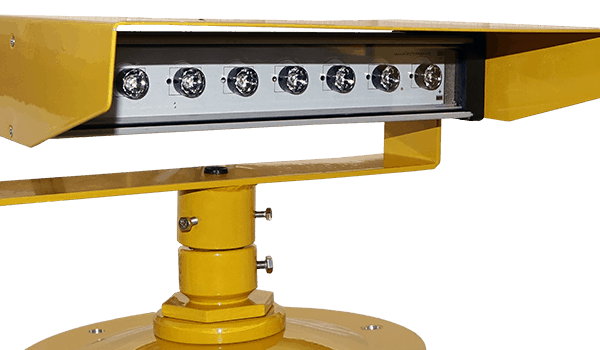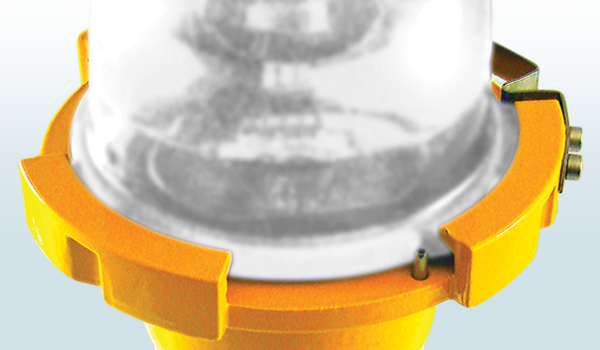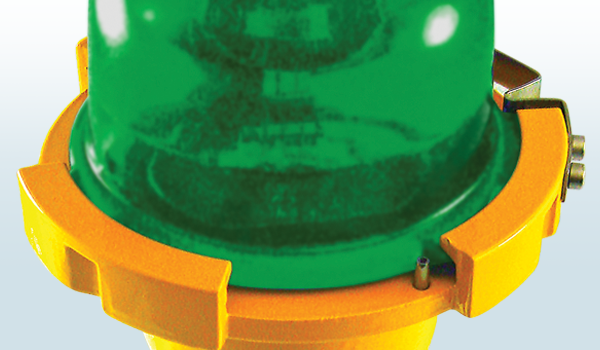atg airports offer a range of airfield lighting solutions including heliport lighting.
A wide range of industries including commercial, military and private operators utilise heliports. Many of these are classed as surface level heliports as they are located at ground level. However, some heliports are located on buildings or a structure on the surface of water. Generally surface heliports consist of a single helipad but multiple helipads can be co-located.
There are rules defined by ICAO and FAA standards for the use of heliports, and common applications for heliports consist of:
- FATO – Final Approach and Take Off lighting.
- TLOF – Touchdown and Lift-off area lighting.
- Flightpath alignment guidance lights indicating approach and departure direction.
- Illuminated Wind direction and wind speed indicator.
- If required a beacon for identification of the heliport.
- Floodlighting around the helipad is an option.
- Obstacles in the vicinity of the approach and landing zone may require obstruction lights.
- Taxiway lighting may be used if necessary.
- In addition, under ICAO regulations surface-level heliports must include:
- Approach lighting to indicate the preferred direction of approach.
- Lighting for the aiming point if the pilot is required to approach a particular point above the FATO before proceeding to the TLOF.
Ensuring the correct heliport lighting is installed is a key safety feature for your helipad or helideck.
All our fixtures are available using standard 230VAC supply or can be configured for a constant current supply of 6.6Amps from a CCR. Use of the latest LED technology is now common practice but tungsten halogen units can be requested if desired.
Click on an images below for more information about specific types and models of heliport lighting
